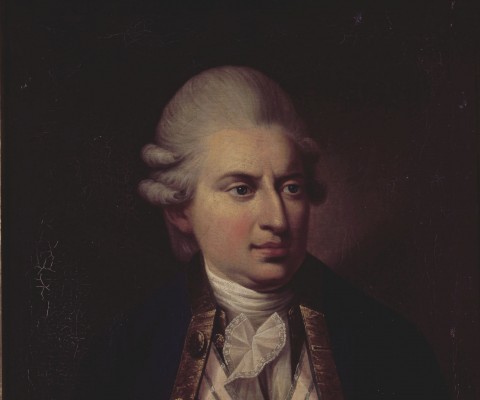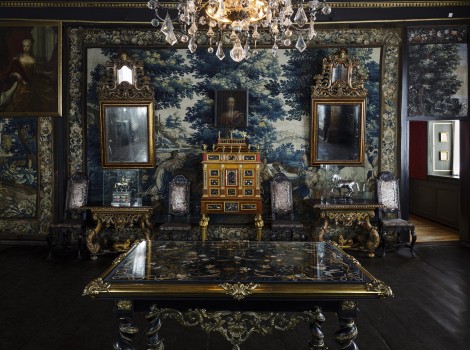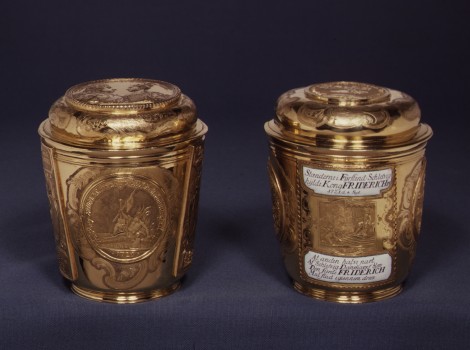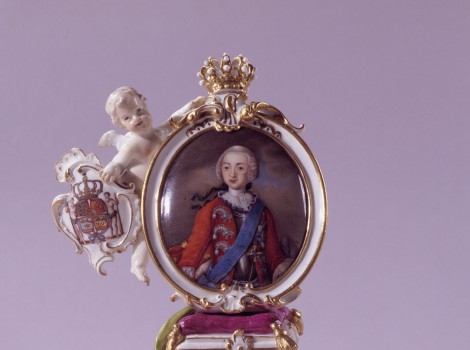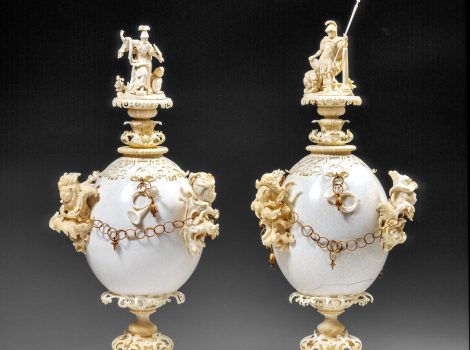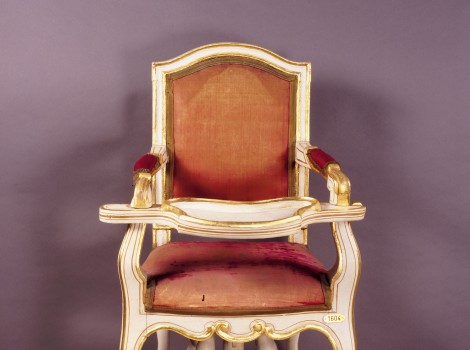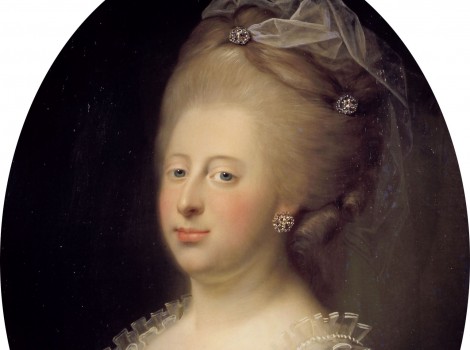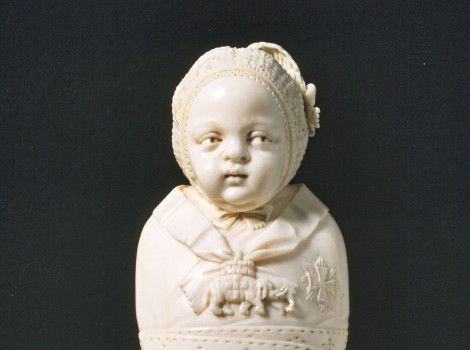1750-1775
The long peaceful period continued into the second half of the 18th century, and in time the economy also blossomed. The great powers of Europe were at war during long periods and trade found new ways to the benefit of neutral Denmark. Together with an overall growth in the world economy, it laid the foundation of the so-called palmy days of Danish overseas trade.
Frederik V died in 1766 and was succeeded by Christian VII, whose mental illness made him unsuitable to rule. Real power lay, therefore, with those who were able to secure for themselves the King’s signature. To begin with this was the King’s physician, Struensee. After 1772 it was mostly Ove Høegh-Guldberg.
The Royal Danish Academy of Art was inaugurated in 1754 at Charlottenborg. The first generations of Danish-born artists were trained here; Jens Juel and Nicolai Abildgaard first and foremost. Amalienborg Palace was finished in 1760. Rococo was still the dominant style of the time, but Neo-classicism had begun to make its mark, and both styles co-existed for a long time.

 Dansk
Dansk
 English
English
 Deutsch
Deutsch

